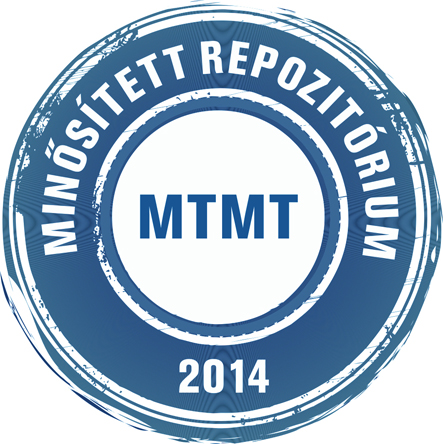Online diagnostic assessment of foreign language vocabulary of young learners.
Előnézet |
Cikk, tanulmány, mű
pek_2014_122-123.pdf Letöltés (319kB) | Előnézet |
Absztrakt (kivonat)
The symposium presents results from the second phase of a research on online diagnostic assessment of English and German as a foreign language vocabulary of students. As introduced at the Conference on Educational Assessment in 2013, the aims of the project were (1) to develop diagnostic tests for the assessment of word knowledge; (2) to compare the size and structure of English and German vocabulary of students; (3) to explore the characteristics of word knowledge of young learners; and (4) to test the possibilities of online assessment of foreign language vocabulary. In this phase we focused on the assessment of 5th graders. At the beginning of language learning, the level of vocabulary has a strong effect on general language proficiency (Schoonen and Verhallen, 2008). 5th grade students have to acquire de‐contextualized word knowledge, and they are expected to know vocabulary passively. In our research, passive recognition of the words (Laufer et al., 2004) was in the focus of the assessment. Measurement tools in the study assessed foreign language vocabulary with visual stimuli. Picture association is a widely used method in the acquisition of new words and it can also be used in the assessment of students’ word knowledge (de Groot and van Hell, 2005). Pictures are also applied in the assessment of vocabulary of young children (Dunn and Dunn, 1997). For the assessment of English and German foreign language vocabulary, two online diagnostic test batteries were developed. They covered the same basic vocabulary outlined in the national curriculum, and they were identical in theirstructure. Tests were administered using the eDia online diagnostic assessmentsystem thatstored both item responses and task‐ solving times. The sample consisted of 689 5th graders, most of them in the second or third year of their foreign language studies. 208 of the students learned the foreign language in bilingual or minority schools. Characteristics of students’ vocabulary were analyzed on overall test performances, on task levels and in terms of the levels of the Common European Framework of Reference for Languages (CEFR, 2001). On the basis of logging data, test taking and task solving times and students’ task solving efficiency were calculated. Presentations of the symposium will (1) compare the functioning of the English and German tests; (2) report on the results of English words on different performance levels; (3) compare the results of high‐ and low‐achievers on German tests; and (4) analyze the time data and students’ task solving efficiency on the English and German tests. Two important features of the research project are the comparative assessment of two foreign language vocabularies and the analysis of online task solving and student efficiency. These approaches are not wide‐spread in foreign language research, and they can provide useful information for language teaching and for language testing as well.
| Mű típusa: | Konferencia vagy workshop anyag |
|---|---|
| Rovatcím: | Szimpózium |
| Befoglaló folyóirat/kiadvány címe: | Pedagógiai Értékelési Konferencia |
| Dátum: | 2014 |
| Kötet: | 12 |
| Oldalak: | pp. 122-123 |
| Konferencia neve: | Pedagógiai Értékelési Konferencia (12.) (2014) (Szeged) |
| Befoglaló mű URL: | http://acta.bibl.u-szeged.hu/59497/ |
| Kulcsszavak: | Idegen nyelv ismerete - mérés - előadáskivonat, Értékelés - pedagógiai - előadáskivonat |
| Megjegyzések: | Összefoglalás angol nyelven |
| Feltöltés dátuma: | 2019. szep. 05. 11:36 |
| Utolsó módosítás: | 2022. nov. 08. 11:54 |
| URI: | http://acta.bibl.u-szeged.hu/id/eprint/61103 |
 |
Tétel nézet |





